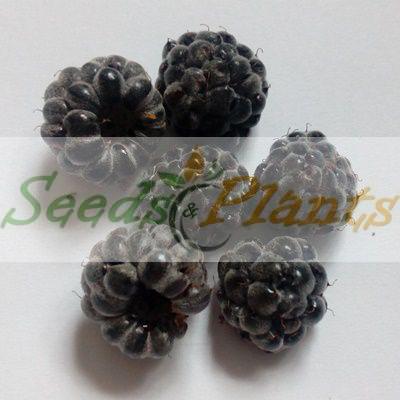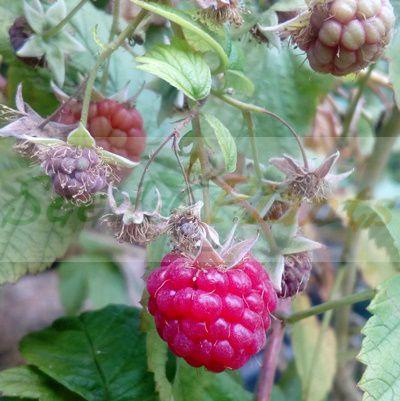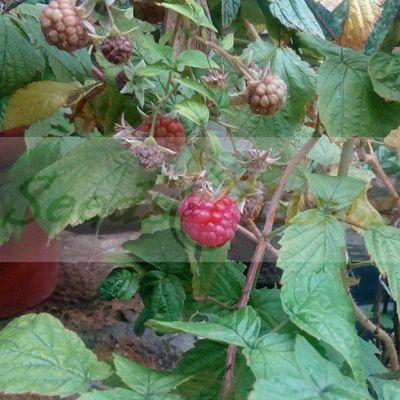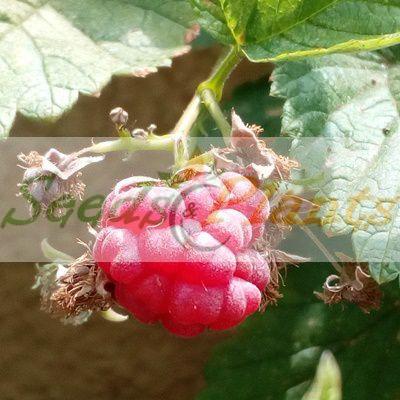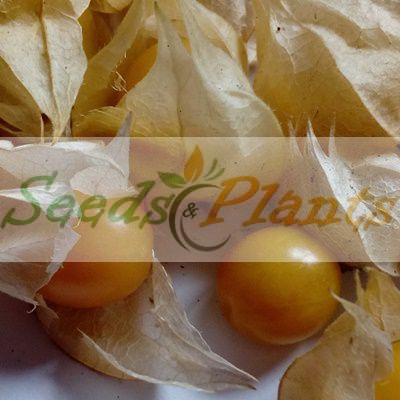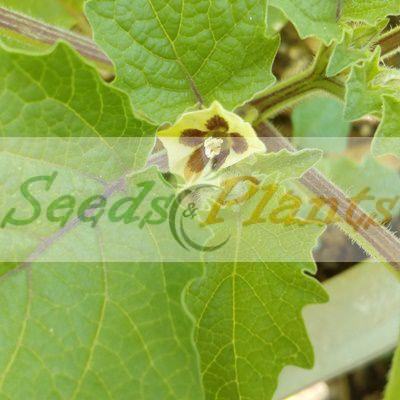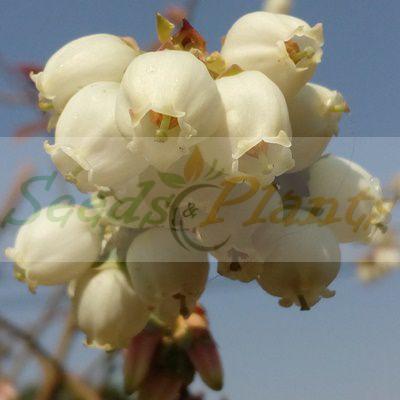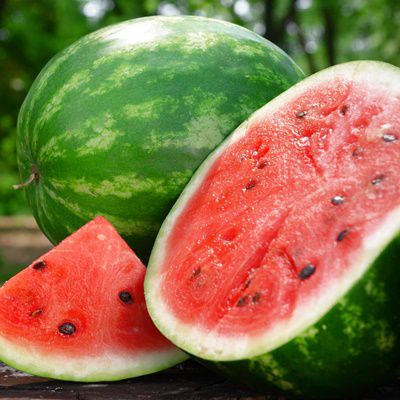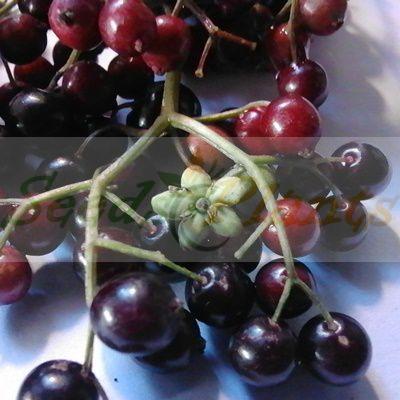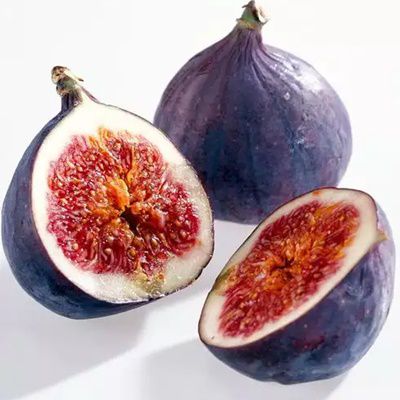🍒 Fruit Quick Facts
Fruit Info
- 🌍 Origin / Region: Europe, North Asia
- 🍽️ Culinary Use: Baking, Beverages/Teas, Desserts, Jams and Jellies, Juices and Syrups, Marinades/Dressings, Raw Eating
- 🥗 Edible Part: Fruit, Leaf, shoot tips
- 😋 Flavor Profile: Sweet
Growth Traits
- 🌱 Life Cycle: Perennial
- 🌾 Plant Type: Shrub
- 🔁 Fruiting Needs: Needs Only 1 Plant
- 🪴 Growth Habit: Bramble, Rhizomatous, Scrambling, Spreading, Upright
- 🌸 Flower Color: White
- 🌿 Foliage Type: Deciduous
- 🦋 Pollinator Method: Attracts Bees, Attracts Hoverflies, Attracts Wasps, Self-pollinating
Growing Requirements
- 🌞 Sun Exposure: Full Sun, Partial Shade
- 💧 Water Needs: Avoid Overwatering, Regular Water, Water Deeply
- ☀️ Growing Conditions: Cold Tolerant, Frost Sensitive, Low drought tolerance, Moderate Heat Tolerance
- 🟤 Soil Preference: Compost Enriched, Fertile, Light, Loam, Rich Organic, Sandy, Slightly acidic, Well-Drained
Red Raspberry – 10 Seeds
(Rubus idaeus)
R30.00
Raspberries are a perfect choice for eating right off the cane or in jams or pies.
Seed Type: Organic – Harvested from our own plants.
Indoor Sowing: Cold Stratification and then transplant once big enough.
Direct Sowing: Autumn and Early Winter.
Out of Stock
Email me when the product is back in stock.
🍒 Fruit Quick Facts
Fruit Info
- 🌍 Origin / Region: Europe, North Asia
- 🍽️ Culinary Use: Baking, Beverages/Teas, Desserts, Jams and Jellies, Juices and Syrups, Marinades/Dressings, Raw Eating
- 🥗 Edible Part: Fruit, Leaf, shoot tips
- 😋 Flavor Profile: Sweet
Growth Traits
- 🌱 Life Cycle: Perennial
- 🌾 Plant Type: Shrub
- 🔁 Fruiting Needs: Needs Only 1 Plant
- 🪴 Growth Habit: Bramble, Rhizomatous, Scrambling, Spreading, Upright
- 🌸 Flower Color: White
- 🌿 Foliage Type: Deciduous
- 🦋 Pollinator Method: Attracts Bees, Attracts Hoverflies, Attracts Wasps, Self-pollinating
Growing Requirements
- 🌞 Sun Exposure: Full Sun, Partial Shade
- 💧 Water Needs: Avoid Overwatering, Regular Water, Water Deeply
- ☀️ Growing Conditions: Cold Tolerant, Frost Sensitive, Low drought tolerance, Moderate Heat Tolerance
- 🟤 Soil Preference: Compost Enriched, Fertile, Light, Loam, Rich Organic, Sandy, Slightly acidic, Well-Drained
Red Raspberry Seeds. Red Raspberry scientific name is Rubus idaeus. Red Raspberry produces a high yield of very large, bright red fruit with a good sugar-acid balance, and a pure, strong, sweet raspberry flavor. Its fruit has outstanding appearance.
Raspberry plants perform exceptionally well in a home garden and are also widely grown commercially. It has a long fruiting season, approximately 50 days, and ripens in summer.
Raspberry plants produce tall canes with few spines. It was native to British Columbia, Canada and this Plant is bred in Canada and it has good weather and winter hardiness, but needs a good sheltered site. Raspberries are a perfect choice for eating right off the cane or in jams or pies.
The raspberry leaves also have medicinal benefits and is historically venerated in herbal uterine tonics. It is used during pregnancy to strengthen the uterus, improve labor outcome, and prevent excessive bleeding after birth.
Growing Red Raspberry
Indoor Sowing: Cold Stratification and then transplant seedlings once big enough.
Direct Sowing: Autumn and Early Winter.
- To plant raspberries from seeds, direct sow the seeds in a plastic peat pot starting in autumn to early winter.
- The seeds need a period of cold stratification to break dormancy. This naturally occurs outdoors if you plant the seeds in the garden in Autumn or winter.
- If you want to start raspberry seeds indoors, you must simulate the cold stratification process before planting.
- Soak the raspberry seeds in room temperature water for 24 hours.
- Place the seeds in a resealable plastic bag along with a handful of damp peat moss. Seal the bag, and place in a refrigerator.
- Keep the seeds chilled for 12 to 16 weeks.
- Fill seed trays with seed starter soil, and spread the raspberry seeds on top of the soil.
- Lightly cover the seeds with soil, and place in a warm area.
- Plant the raspberry seedlings outdoors the following spring.
- For Direct sowing in Autumn or Early Winter, press one to two Raspberry Seeds down into the soil of a container. Pat the soil down gently over the seeds to remove air pockets.
- Mist the soil lightly to dampen, using a spray bottle filled with water. Keep the soil moist throughout the germination process.
- The seeds will begin to sprout within three months.
- Set the container in an area that receives bright, indirect sunlight once the seeds begin to sprout.
- Continue to keep the soil moist and provide the raspberry plants with adequate light as they continue to grow.
- Transplant the raspberry plants outdoors in the spring, as soon as the soil is workable.
- Select an area for transplanting your raspberries that contains full sun and well-drained soil with a pH between 5.5 and 6.5.
- Raspberries can also be successfully grown in containers.
Can this plant be used for culinary purposes?
Red Raspberry is traditionally used for culinary purposes such as baking and beverages/teas.
Disclaimer
Medicinal Information:
All medicinal information on this website is for educational and informational purposes only and may not be construed as medical advice. The information is not intended to replace medical advice or treatment offered by healthcare professionals.
Seeds, Plants, Plant Cuttings, Geophytes and Dried Herbs:
In some countries and provinces, certain plants are deemed as invasive and are not allowed to be planted at all, whilst some plants are allowed to be grown only in certain areas or provinces. The onus is on you as the buyer to familiarize yourself with the regulations pertaining to your location, before purchasing any of our seeds, plants, plant cuttings, geophytes or dried herbs. We will not be held liable, should you purchase any seeds, plants, plant cuttings, geophytes or dried herbs. from us which are prohibited in your country or province.

